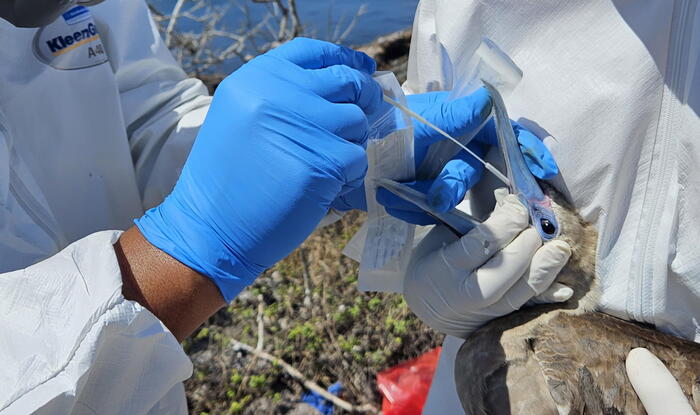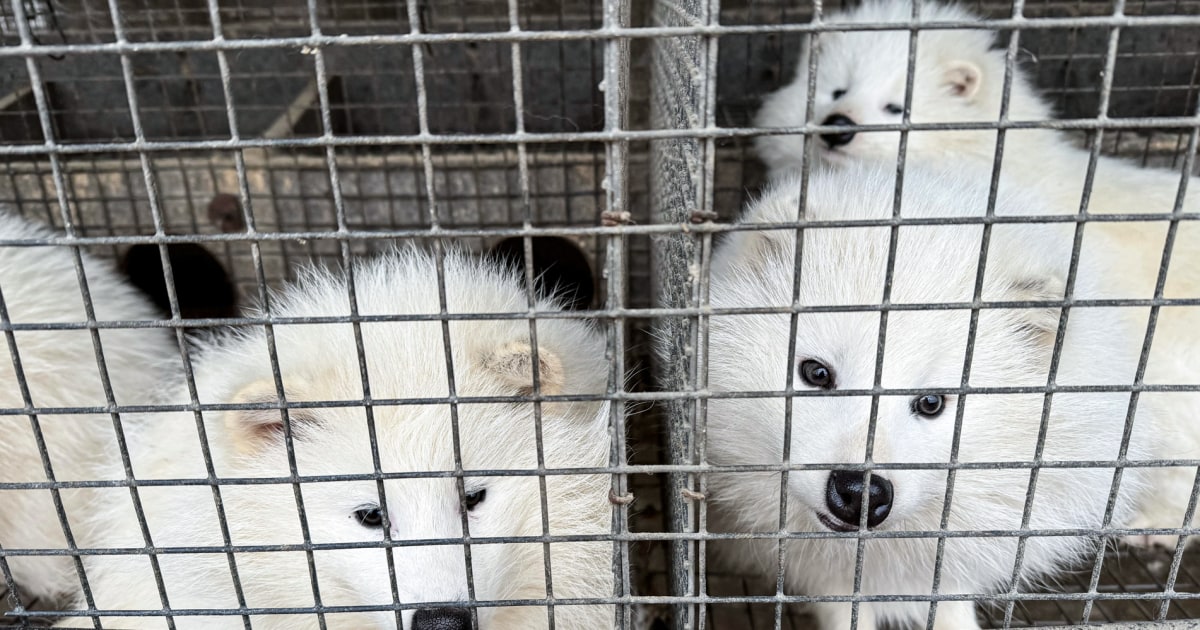In late 2011, experiments with the H5N1 bird flu virus raised the eyebrows of Barack Obama's White House advisers.
Ron Fouchier, from the Erasmus School of Medicine in Rotterdam, and Yoshihiro Kawaoka, from the University of Wisconsin in Madison, found the exact five mutations that gave this virus a high capacity to spread between mammals.
The SARS-CoV-2 that has turned the world upside down showed a lethality of less than 1% even before vaccines.
H5N1 exceeds 50% in the very rare cases that it jumps from birds to humans.
Giving that butcher high human-to-human spread seemed like the worst idea in the history of bad ideas.
When the two laboratories sent their results to
Nature
and
Science
, the process of evaluating the manuscripts (peer review, in the jargon) collided head-on with the National Scientific Advisory Panel on Biosafety (NSABB) that advises Washington.
The NSABB recommended censoring the two articles to remove the essential details: the five DNA letters that would allow an enemy power or terrorist group to reproduce the results.
"The worst case scenarios possible in this matter are simply enormous," argued the head of the panel, Paul Keim, at the time.
But for an experiment to be reproduced by other researchers is precisely the essence of scientific publication.
After a monumental row in the world and strong pressure from the WHO, the articles ended up being published without any mutilation.
History repeated itself last October, when a group from Boston University announced that it had combined the omicron variant of SARS-CoV-2 with the original strain from Wuhan, the focus of the pandemic.
The result, undoubtedly to be expected, was a highly spreading virus, like omicron, but with the high lethality typical of the Wuhan variant.
The researchers earned a good one, this time enacted on Twitter with a large electrical device.
It was only a matter of time before the NSABB took action on the matter, and it already has.
The panel last week recommended a stricter review of research on infectious agents that may have a "dual use."
Dual use is the fashionable euphemism for a pathogen that can be used as a bioweapon.
So far, these strict reviews only affect 15 agents (viruses, bacteria and fungi) considered high risk.
The NSABB wants to extend them to
all
human, animal or plant pathogens, even if they only cause mild illness.
The experiments that are in the crosshairs of White House advisers are called GoF (
gain of
function), like the ones we have seen above.
A lethal but not very contagious virus gains the function of spreading a lot.
It's a technicality taken from genetics, but I have a feeling we'll get used to hearing it in the near future.
My point of view is pragmatic.
What can be done ends up being done, says the joke, and I think it's better for it to end up being done by a civilian laboratory with balconies overlooking the street than by a gloomy secret department in the basements of Washington, Moscow, or Peking.
Darkness is the real danger.
Subscribe to continue reading
Read without limits
Keep reading
I'm already a subscriber









